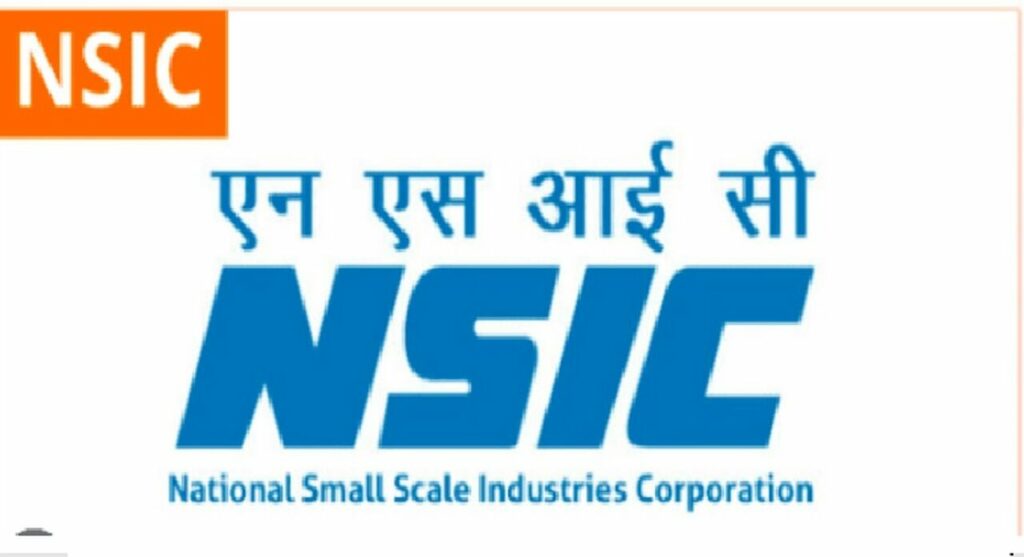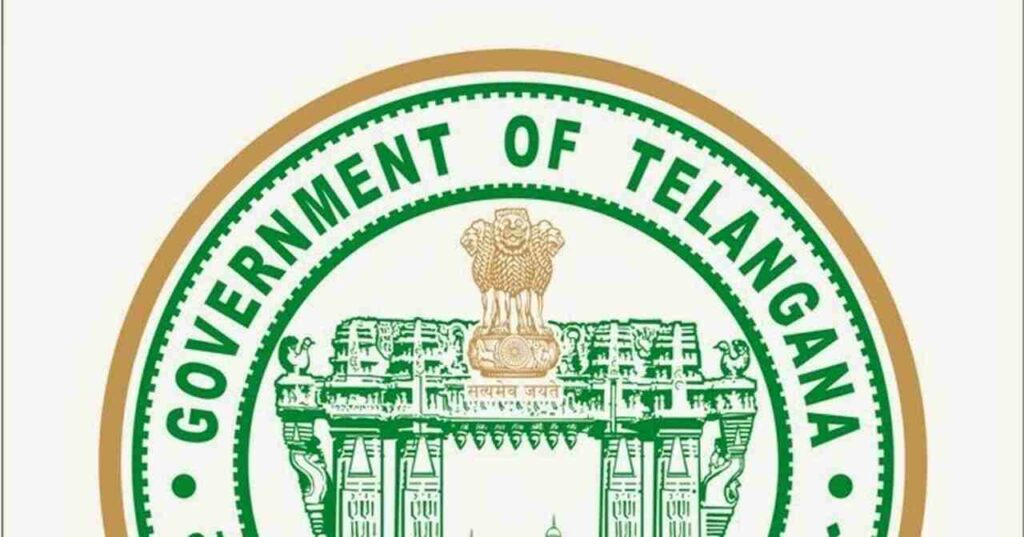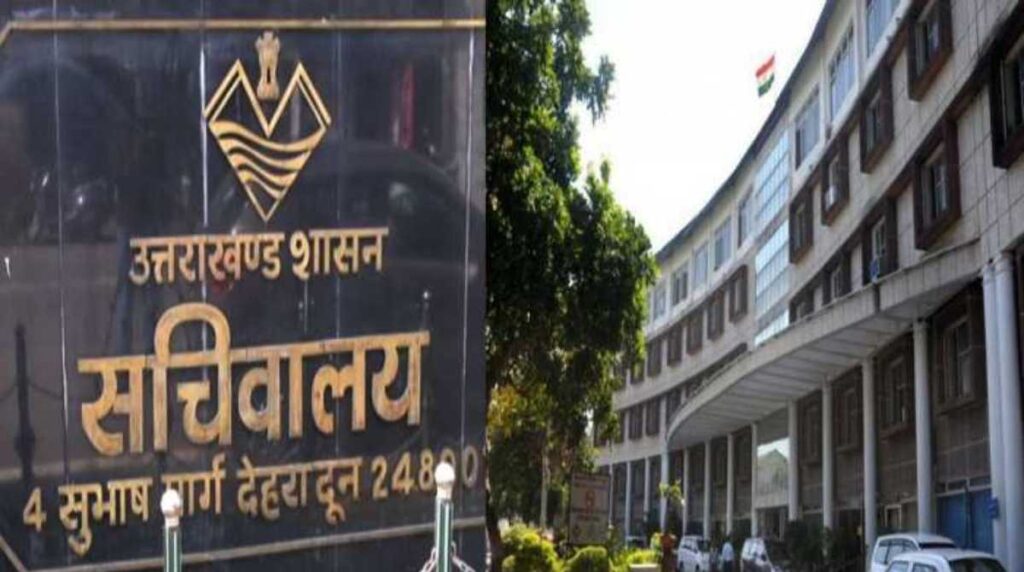New Delhi: The Supreme Court on Friday rejected the petitions seeking 100 per cent verification of votes polled on electronic voting machines (EVMs) with slips printed by the Voter Verifiable Paper Audit Trail (VVPAT) machines, and the alternative, a return to paper ballots.
Notably, the court also gave candidates the option to get a proportion of the EVMs “checked and verified by a team of engineers from EVM manufacturers post the announcement of results” on a written request, expenses for which will be notified by the Election Commission of India (ECI).
In two separate but concurring judgments, a bench of Justices Sanjiv Khanna and Dipankar Datta said it had elaborately discussed the technical aspects and protocol regarding EVMs.
“There are three pleas taken – that we should return to the paper ballot system, that the printed slips on the VVPAT machine should be given to voter to verify and put in the ballot box for counting, there should be 100 percent counting of VVPAT slips in addition to electronic counting…We have rejected all of them after referring to the protocol in place, technical aspects and data which is on record,” the bench said.
Justice Datta in his ruling said that “while maintaining a balanced perspective is crucial in evaluating systems or institutions, blindly distrusting any aspect of the system can breed unwarranted skepticism and impede progress”.
Justice Khanna said, “One suggestion which has been put forth and can be examined by Election Commission – whether we can have an electronic machine for counting paper slips and whether along with the symbol, there can be a barcode with regard to which party”.
He added that the court had also given two directions. Firstly, “on completion of the symbol loading process in the VVPATs undertaken on or after 1.5.2024, the Symbol Loading Units (SLU) shall be sealed & secured in container…The sealed container containing the SLUs shall be kept in the strong room along with the EVMs at least for a period 45 days post the declaration of results. They shall be opened and examined and dealt with as in the case of EVMs”.
“The burnt memory semicontroller in 5 % EVMs. i.e. Ballot Unit, Control Unit & VVPAT, per assembly segment of the parliament constituency shall be checked and verified by a team of engineers from EVM manufacturers post the announcement of results…on a written request made by candidates who are at serial number 2 or 3 behind the highest polled candidate,” he added.
“Such candidates or their representatives shall identify the EVMs by the polling station or the serial number. All candidates and their representatives shall have the option to remain present at the time of verification. Such a request should be made within a period of 7 days from the date of declaration of result. The District Election Officer, in consultation with the team of engineers, shall certify the authenticity and intactness of the burnt memory microcontroller,” the court said.
It added that “after verification process is conducted, the actual cost or the expenses for the said verification will be notified by the ECI and the candidate making the said request will make payment of the said expenses. Expenses will be refunded in case the EVM is found to be tampered”.








